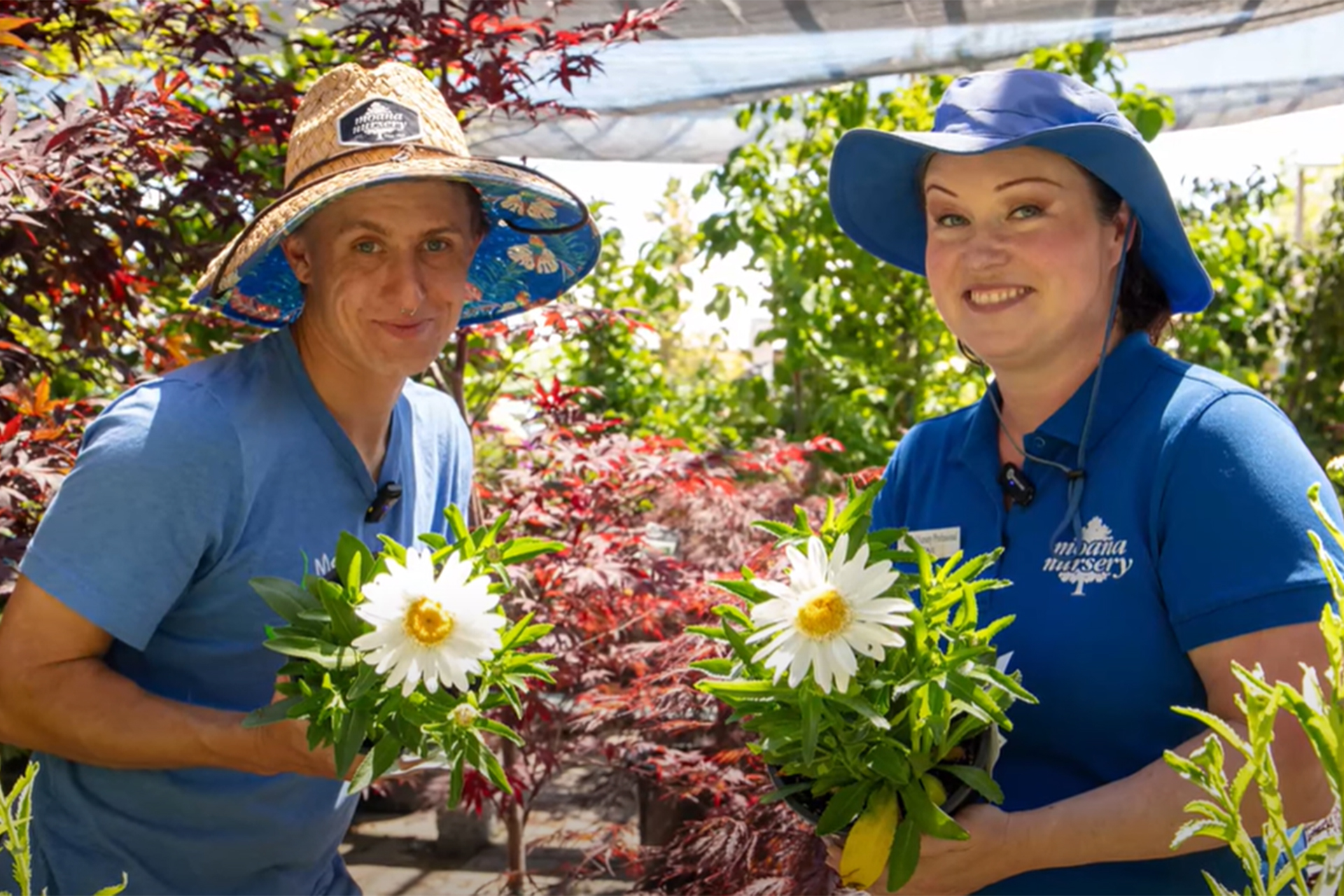Share

How to Water in Winter
Winter is here and although your plants may seem dormant and the soil is hard, we can’t stop watering!
Northern Nevada is a dry place with average annual precipitation sitting between 8 and 20 inches depending on your elevation. Winter, especially, is a dry time here. Your plants will need periodic water depending on the precipitation. Plants in the ground – especially newly planted trees, shrubs, and perennials – need the equivalent of one inch of precipitation per month.
To make sure your garden doesn’t dry up this winter, read our Winter Watering Tips below:
Winter Watering Tips
- Water during the day when temperatures are at least 50 degrees Fahrenheit to allow water to percolate through the soil.
- Finish watering at least an hour before sunset so water can finish draining into the soil.
- Water the soil around the plant but avoid the trunk and root-crown (where the trunk or stem meets the soil) of the plants. You can use an oscillating hose sprinkler for larger areas or an open-ended hose with the water turned on low for smaller areas.
- For potted plants, assuming they are in a quality frost-resistant pot and have well-drained potting soil, water approximately every two weeks. Feel your soil first! If the soil is dry about 2-3 inches down then your plant can be watered. Plants will sometimes use different amounts during the colder periods.
- Be sure to thoroughly drain your hoses and store them inside your garage or shed so they will be easy to access and use. If using your irrigation system, make sure to flush and turn off your system when watering is done.
- We recommend using mulches or frost fabric to help protect your plants through the coldest periods. For frost protection solutions check out our e-commerce store.
Remember, DO NOT water when the ground is frozen!

If you have any questions, stop by any one of our three Moana Nursery garden centers or contact us online.
Share

Beneficial bugs are tiny allies play vital roles in pest control, soil health, and pollination, helping your plants thrive while reducing the need for harmful chemicals.

Sometimes a sudden warm spell can trick your spring bulbs into emerging too early. Here's how to protect your bulbs and ensure they thrive once the true spring weather arrives.

Regular care and preventative measures can keep your evergreens healthy and vibrant through the winter months.

Shasta daisies are a testament to the beauty and resilience that can flourish in the high desert, enhance your garden with their elegance.

